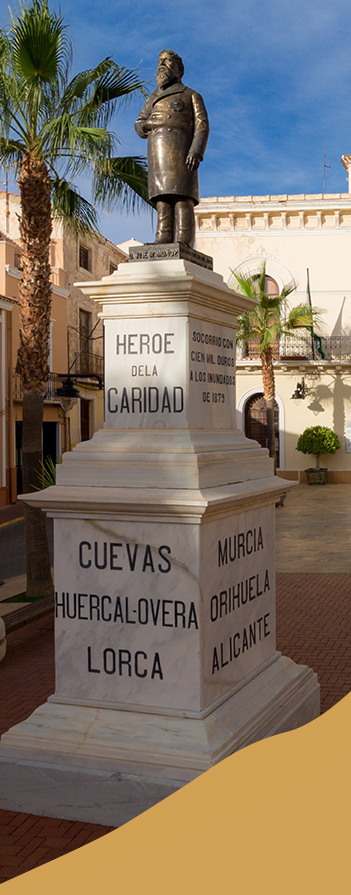|
"José María Álvarez de Sotomayor" Museum
Located in Casa Figueras, next to the square which is named after the poet, the “José María Álvarez de Sotomayor” Museum was opened to the public on 15 December 2007. Most of the works and materials in the Museum date from the 18th, 19th and 20th centuries José María Álvarez de Sotomayor Museum has four permanent exhibition rooms where the poet's work environment is recreated, using furniture from his own office, living room, bedroom and library.
There are also over 200 literary works from the 18th and 19th centuries from Sotomayor's personal library, and some of the poet's pictures, etchings and paintings. His original manuscripts, his journal and his will stand out among all his works and his collection.
His fascination with the Arab world has inspired a part of the museum, where a replica of the flag he invented is displayed, as well as many mosaics that were used to adorn his houses in Cuevas. A bust of the poet can also be seen at the museum.
|
